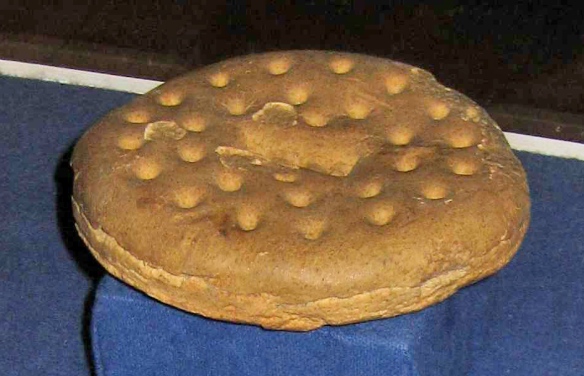Since I started writing food safety plans, I have been interested in looking at recalls and seeing how a food safety plan could have prevented the recall. Additionally, I like to think about how the food safety plan would need to be updated now there has been a recall for a particular product or ingredient.
For example, today there is a recall of Ritz crackers due to Salmonella in the whey powder which is an ingredient. We don’t currently know who the whey powder supplier and manufacturer are as that has not been released to the public. However, as Mondelēz Global LLC, the food manufacturer who owns Ritz brands, is following Food Safety and Modernization Act (FSMA) standards for supply chain rules, they certainly do. As part of the supply chain controls, they would have guarantees of quality and safety standards, which would include providing a product being free of pathogens, including Salmonella.
What is whey? Remember the nursery rhyme? The curds and whey that Little Miss Muffet was eating on her tuffet is what happens when acid added to milk. You can do this at home by adding vinegar or lemon juice to milk. The milk separates into a lumpy clump solid portion and a liquid. The curds form as the insoluble milk proteins such as casein bind together with the milk fat. The liquid part is whey which contains the water soluble parts of milk including non-casein proteins as well as small amount of milk sugar (aka lactose) and minerals (Dairy Processing Handbook). Commercial whey is a dairy byproduct from cheese production.
Salmonella being present in whey powder is unexpected as milk, in the USA, is typically pasteurized before cheese production and after being separated from the curds, the water is removed first by ultra-filtration and then by drying. Since finding out that their whey powder was contaminated with Salmonella, the processor, and most likely probably FDA and other inspectors, will be looking to see if pasteurization and/or drying were sufficient to be processing preventive controls. They will also be checking their environmental monitoring and sanitation standards to find out where the Salmonella happened and prevent it from happening again. As well as contacting the FDA, they will also be contacting other companies that they provided their whey powder to as part of their recall process.
Fortunately, there is a small chance of Ritz crackers actually causing an outbreak of Salmonella as the crackers are cooked during manufacturing. The manufacturer will have this listed as a process preventive control in their food safety plan and, after this recall, if they haven’t done this before they will be validating the baking step to ensure that it is sufficient to kill Salmonella. This means they don’t have to rely on their suppliers for food safety.
Interested in food safety plans and how to use them to improve your food processing? Leave a comment below.





